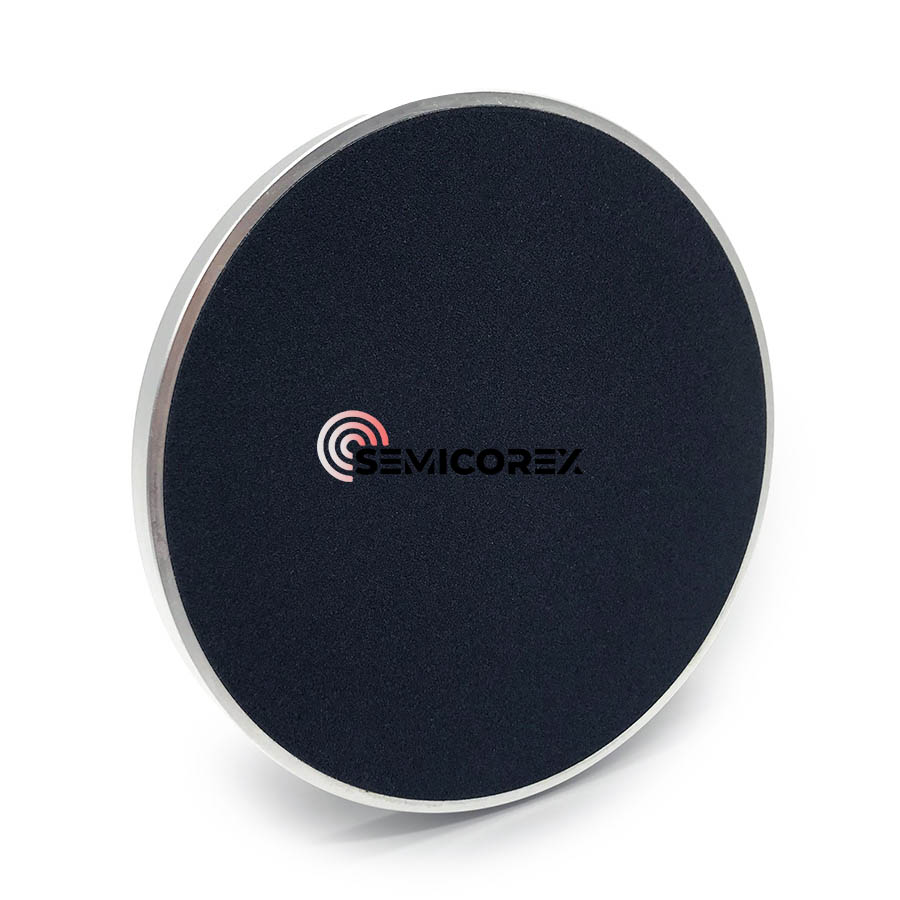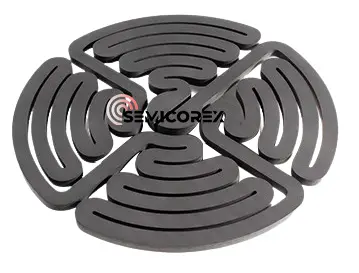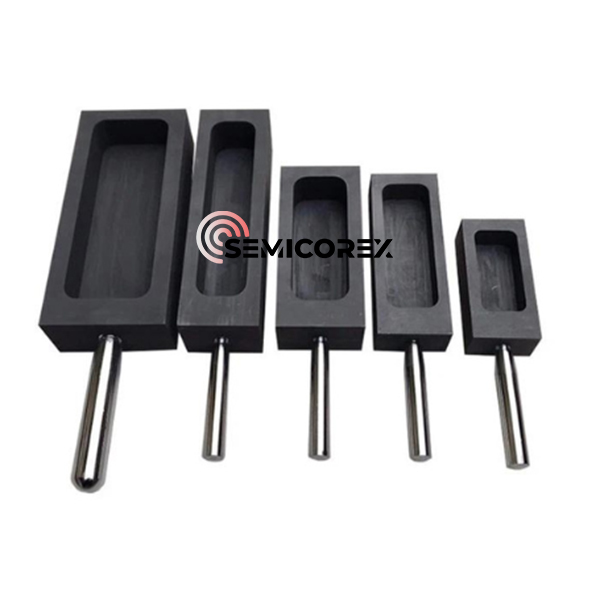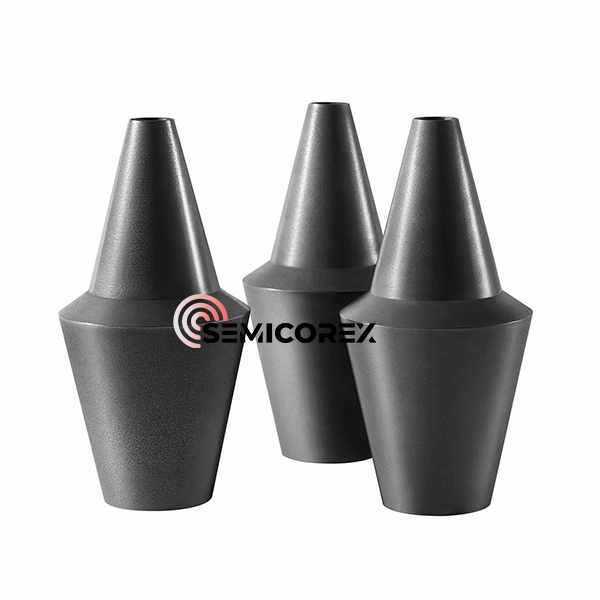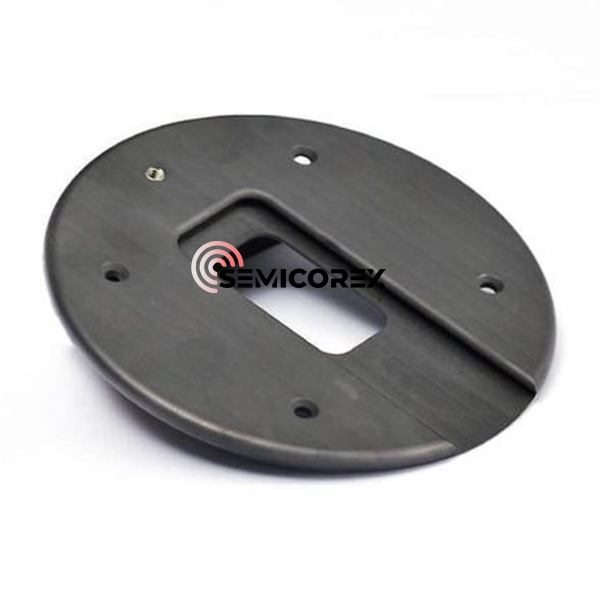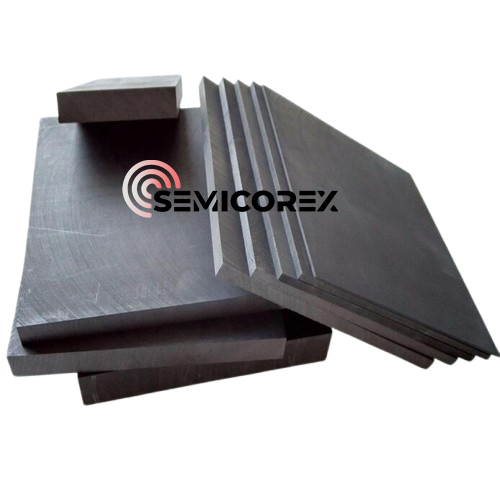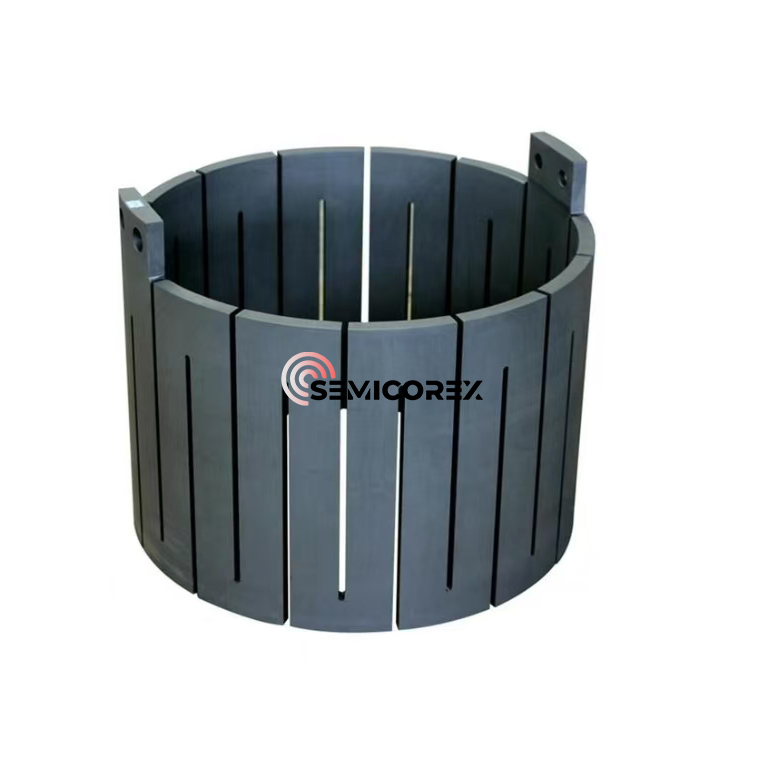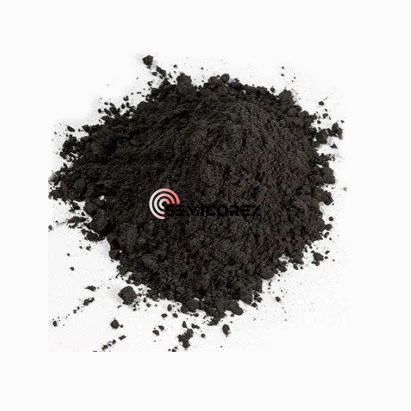
- English
- Español
- Português
- русский
- Français
- 日本語
- Deutsch
- tiếng Việt
- Italiano
- Nederlands
- ภาษาไทย
- Polski
- 한국어
- Svenska
- magyar
- Malay
- বাংলা ভাষার
- Dansk
- Suomi
- हिन्दी
- Pilipino
- Türkçe
- Gaeilge
- العربية
- Indonesia
- Norsk
- تمل
- český
- ελληνικά
- український
- Javanese
- فارسی
- தமிழ்
- తెలుగు
- नेपाली
- Burmese
- български
- ລາວ
- Latine
- Қазақша
- Euskal
- Azərbaycan
- Slovenský jazyk
- Македонски
- Lietuvos
- Eesti Keel
- Română
- Slovenski
- मराठी
- Srpski језик
จีน กราไฟท์ isostatic ผู้ผลิต ผู้จำหน่าย โรงงาน
Carbon/graphite material molding essentially involves increasing the density of the powder mixture and ensuring close contact between the aggregate and binder to produce a green body with a desired size, morphology, and minimal machining allowance. The four main molding methods are extrusion, compression molding, vibration molding, and isostatic pressing. Common carbon/graphite materials on the market (for example, charcoal used for household fires) are mostly formed using hot extrusion and compression molding (cold or hot). Isostatic pressing offers superior molding performance.
The principle of isostatic pressing is based on Pascal's law: pressure applied to a medium (liquid or gas) in a sealed container is uniformly distributed in all directions, with the pressure on the surface being proportional to the surface area. Isostatic pressing involves placing a sample, enclosed in a sealed container, within a high-pressure cylinder. Leveraging the incompressible nature of the liquid medium and its ability to uniformly transmit pressure, the sample is uniformly pressed from all directions. When the fluid is injected into the cylinder, the pressure is evenly transmitted in all directions according to the principles of fluid mechanics. The sample in the cylinder is then subjected to uniform pressure in all directions.
Due to the isostatic pressing method, isostatically pressed graphite exhibits excellent isotropy, with properties independent of shape, size, or sampling direction. The material possesses a dense microstructure, high mechanical strength, high surface hardness, and oxidation resistance. Strong performance and high-temperature resistance; the material has excellent thermal shock resistance and is less susceptible to cracking under rapid cooling and heating conditions.
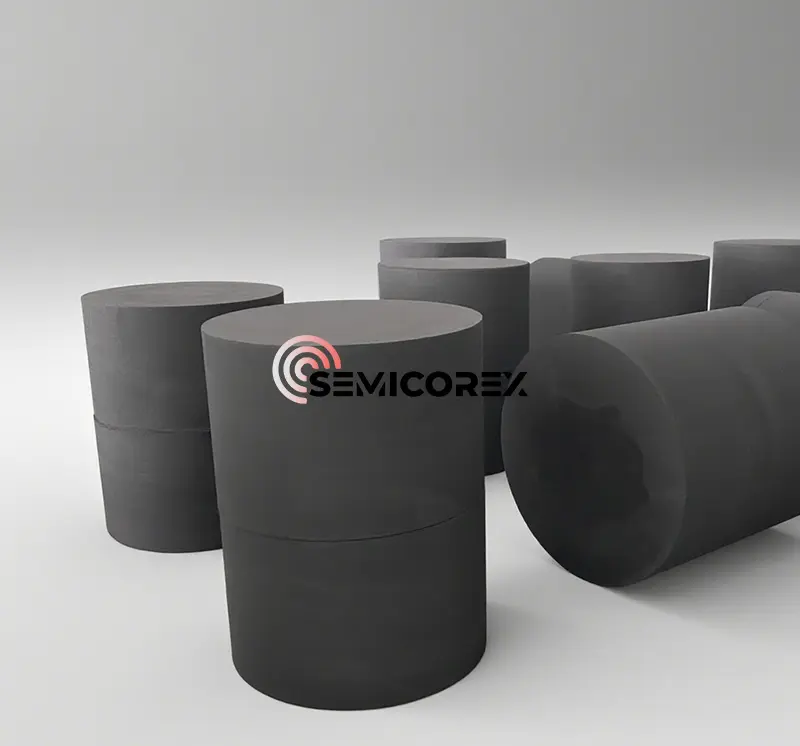
1. Isotropy
Different molding methods result in different properties in different directions. This is primarily reflected in resistivity, thermal conductivity, mechanical properties, and thermal expansion coefficient. The general measurement method is to sample the product perpendicular to and horizontally from the pressure surface, measure the properties separately, and then divide the smallest value by the largest value to obtain the isotropy ratio.
Traditional carbon/graphite products exhibit significant anisotropy, i.e., the properties of the product are different in the directions perpendicular to and horizontal to the pressure surface. The corresponding difference in performance is generally greater than 1:1.1, hence the term anisotropy. In many cases, this difference is fully exploited, and the greater the difference, the better. Examples include graphite electrodes for steelmaking and brushes for motors. Many applications, such as EDM and single-crystal silicon thermal field applications, increasingly require carbon/graphite products to exhibit isotropy (with an orientation ratio within the 1:1.05 range).
2. Large Dimensions
The market is increasingly demanding larger product sizes. For example, single-crystal silicon products have grown from 6- and 8-inch sizes to 12-inch sizes. The size of graphite materials used in thermal fields is also increasing. This is also increasing. Similar trends are seen in other related industries. Graphite for EDM, continuous casting, and nuclear reactors also requires large-scale products. This is difficult to achieve using molding and extrusion methods. The primary problem with large-scale product production is calcination cracking, and the larger the product, the higher the chance of calcination cracking.
3. Fine Structure
As a structural material, it requires high physical and chemical properties. On the one hand, the finer the particle size of the carbon particles that make up the carbon/graphite material, the denser its texture and the higher its mechanical strength.
Isostatically pressed graphite is widely used in semiconductor manufacturing processes. It is used in graphite components for the hot zone of single crystal growth furnaces, such as crucibles, heaters, flow guides, and insulation covers; and in graphite components used in epitaxial processes.
- View as
แม่พิมพ์กราไฟท์ที่ผ่านการกลั่น
แม่พิมพ์กราไฟท์บริสุทธิ์ Semicorex เป็นเครื่องมืออเนกประสงค์และมีประสิทธิภาพในกระบวนการหล่อและขึ้นรูปทางอุตสาหกรรมต่างๆ มีความบริสุทธิ์สูง การขยายตัวทางความร้อนต่ำ และผิวสำเร็จที่ดีเยี่ยม ทำให้เป็นตัวเลือกที่ต้องการสำหรับการใช้งานที่ต้องการความแม่นยำและคุณภาพ
อ่านเพิ่มเติมส่งคำถามก้อนเมล็ดกราไฟท์
ก้อนเมล็ดกราไฟท์มีบทบาทสำคัญในการผลิตโพลีซิลิคอนเกรดอิเล็กทรอนิกส์ โดยเฉพาะอย่างยิ่งภายในระบบทำความร้อนของเตาผลึกเดี่ยว
อ่านเพิ่มเติมส่งคำถามการฝังกราไฟท์ไอออน
Semicorex Graphite Ion Implanter ถือเป็นส่วนประกอบที่สำคัญในขอบเขตของการผลิตเซมิคอนดักเตอร์ โดยโดดเด่นด้วยองค์ประกอบของอนุภาคที่ละเอียด การนำไฟฟ้าที่ดีเยี่ยม และความยืดหยุ่นต่อสภาวะที่รุนแรง
อ่านเพิ่มเติมส่งคำถามแผ่นฉนวนกราไฟท์
การผสมผสานคุณสมบัติที่เป็นเอกลักษณ์ของแผ่นฉนวนกราไฟท์ Semicorex ทำให้เป็นวัสดุอเนกประสงค์และขาดไม่ได้ในอุตสาหกรรมต่างๆ
อ่านเพิ่มเติมส่งคำถามเครื่องทำความร้อนกราไฟท์
เครื่องทำความร้อนด้วยกราไฟท์ Semicorex เป็นส่วนประกอบการทำความร้อนขั้นสูงที่ทำจากกราไฟท์ไอโซสแตติกที่มีความบริสุทธิ์สูง ออกแบบมาเพื่อใช้ในการใช้งานการเติบโตของผลึกซิลิคอนชนิดโมโนคริสตัลไลน์ (Si) ในฐานะที่เป็นส่วนสำคัญของการผลิตเซมิคอนดักเตอร์ ผลิตภัณฑ์นี้ให้ความร้อนที่แม่นยำและสม่ำเสมอซึ่งจำเป็นสำหรับการผลิตคริสตัล Si คุณภาพสูง ด้วยการออกแบบเฉพาะทางและวัสดุประสิทธิภาพสูง ช่วยให้มั่นใจได้ถึงสภาวะที่เหมาะสมที่สุดสำหรับการเติบโตของคริสตัล ซึ่งช่วยเพิ่มประสิทธิภาพและความสม่ำเสมอของกระบวนการได้อย่างมาก*
อ่านเพิ่มเติมส่งคำถามผงกราไฟท์ที่มีความบริสุทธิ์สูง
ผงกราไฟท์ความบริสุทธิ์สูง Semicorex เป็นวัสดุที่สำคัญในอุตสาหกรรมเซมิคอนดักเตอร์ โดยเฉพาะอย่างยิ่งในกระบวนการเติบโตของผลึก ซึ่งมีบทบาทสำคัญในการทำให้การผลิตมีคุณภาพสูง มีประสิทธิภาพ และแม่นยำ Semicorex นำเสนอผงกราไฟท์ที่มีความบริสุทธิ์สูงด้วยคุณภาพและความแม่นยำที่เหนือชั้น ออกแบบมาเพื่อตอบสนองความต้องการที่เข้มงวดของอุตสาหกรรมเซมิคอนดักเตอร์*
อ่านเพิ่มเติมส่งคำถาม

